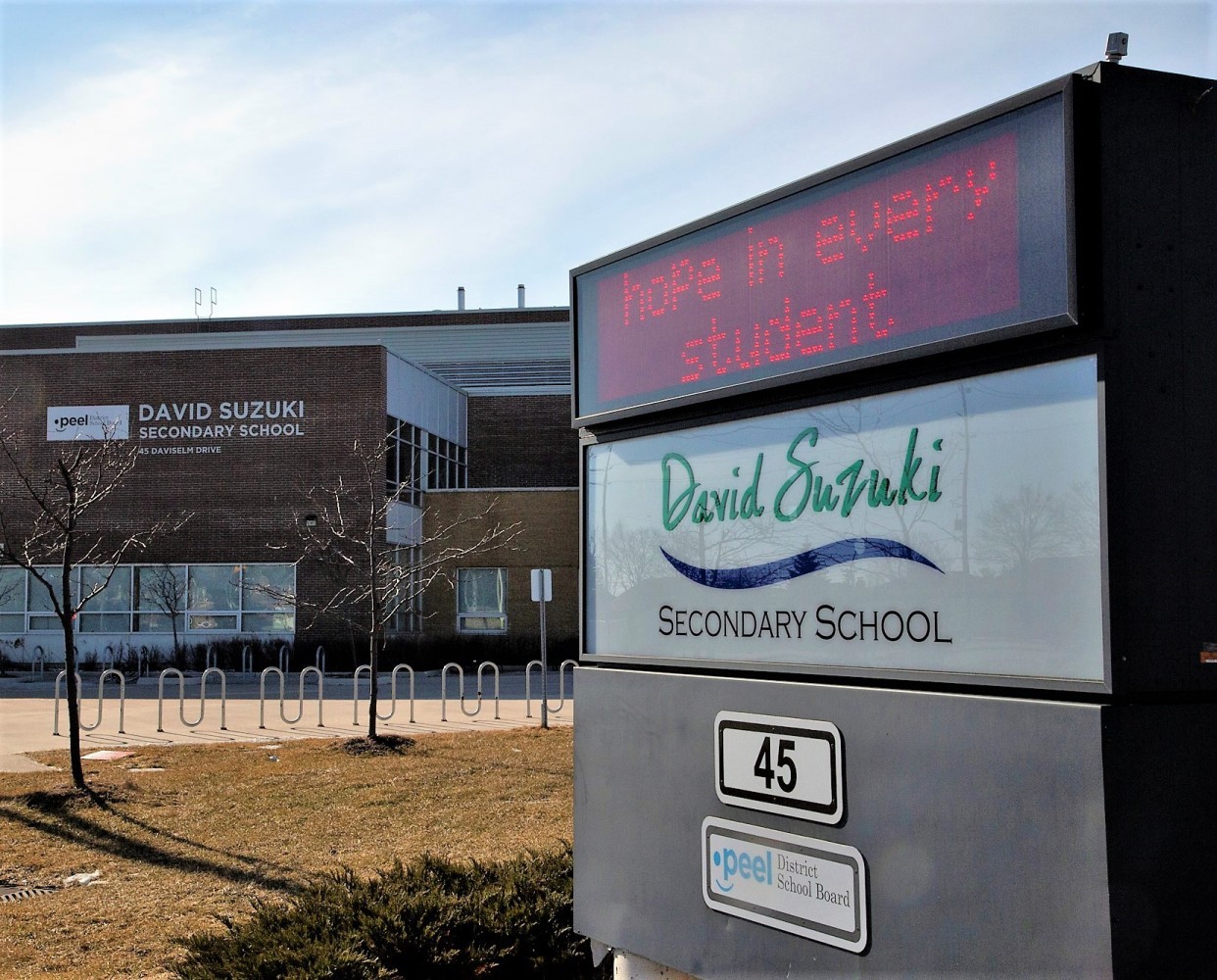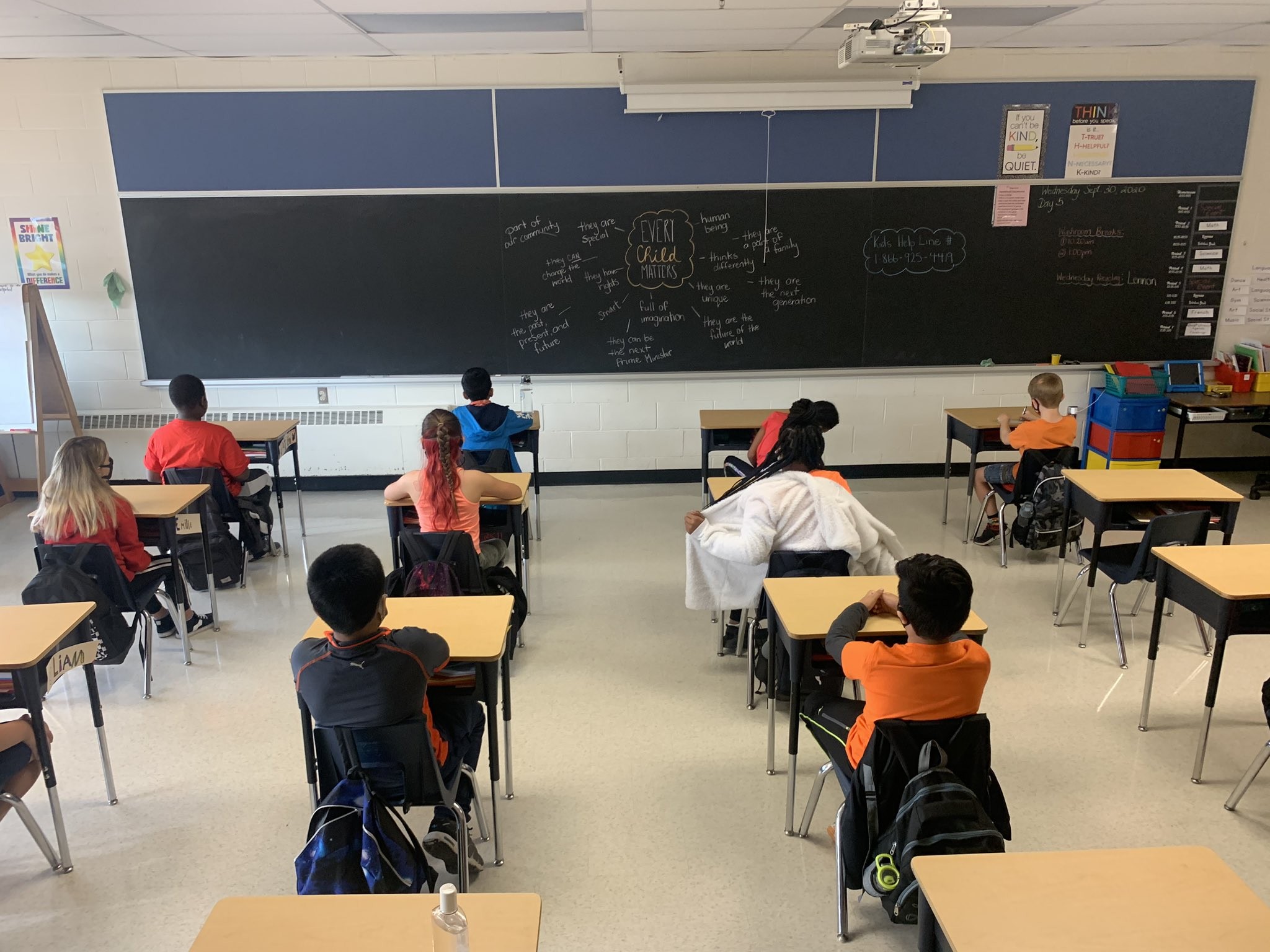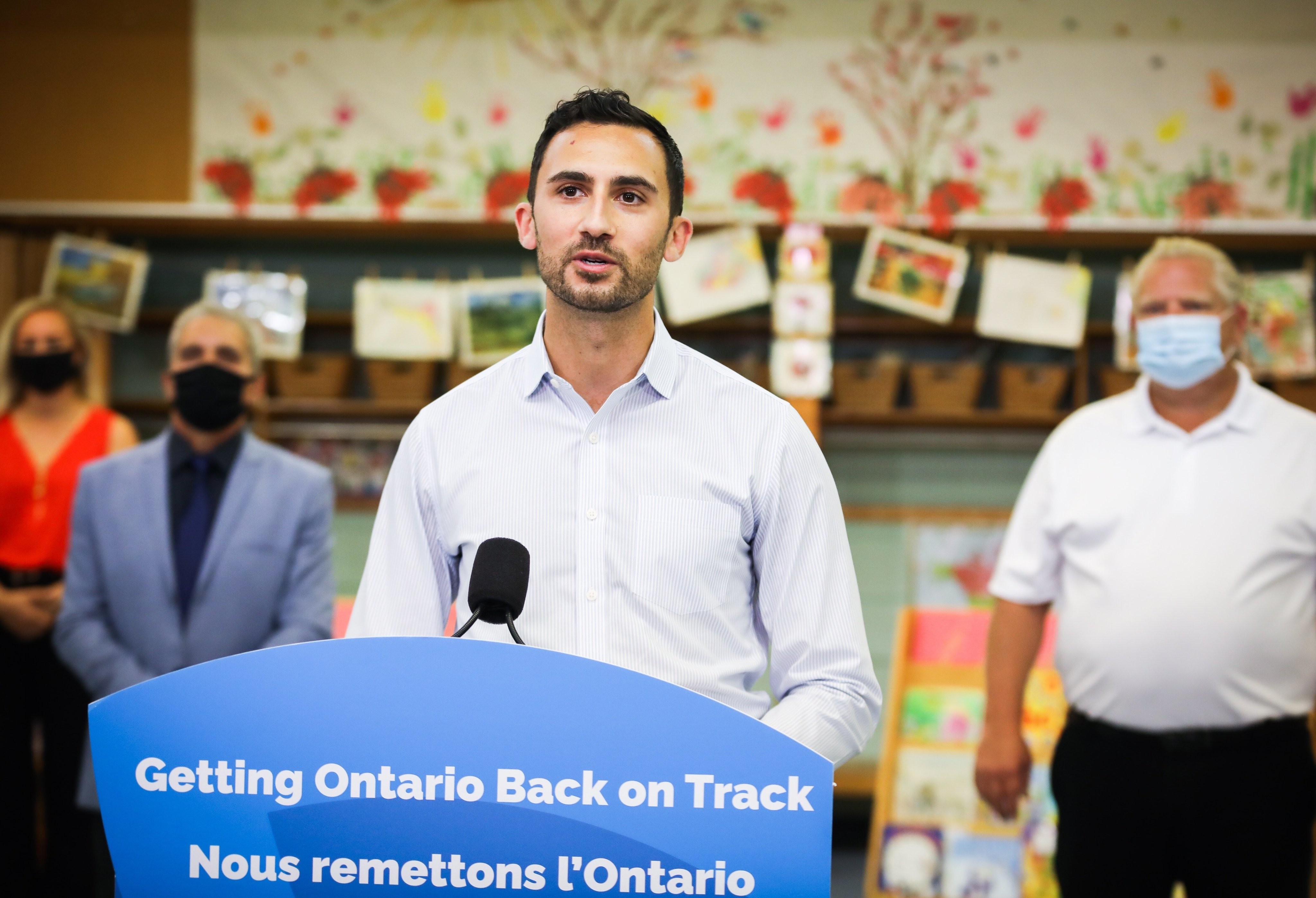
Peel schools reopening February 16, but PDSB quiet on cyber attack that has shutdown website
Schools in Peel Region are set to reopen on February 16 amid concerns about a recent cyber attack at the Peel District School Board that has forced the shutdown of its website while issues with the board’s online learning system could pose challenges.
As of Thursday morning the PDSB website was still not available. This is impacting families in a board that has relied heavily on virtual learning, with high take-up of at-home education since September.
Peel parents trying to adjust back to in-school learning and any changes to the virtual model will have to contact teachers and staff directly as the digital attack last week continues to affect its online platforms, other files and systems.
In a statement to The Pointer, board spokesperson Tiffany Gooch said encryption malware was involved in the January 26 cyber attack. Encrypted malware attacks are commonly known as ransomware, whereby the victim’s data is seized and locked using encryption by a hacker, and offers access to the data back in exchange for a ransom or payment.
“The comprehensive forensic investigation is ongoing and we are unable to provide additional details at this time. We will provide necessary updates as the recovery efforts progress,” Gooch said.
The Cyber Support Services team at Peel Police, and the Ministry of Education, along with a cybersecurity firm hired by PDSB, are all supporting the investigation.
In a January 28 statement, PDSB said it does not believe “personal or sensitive information was compromised.” However, it is unclear how the outages will affect upcoming report cards for elementary students, which are expected next week.

As Peel schools plan for a return to the classroom later this month, many challenges remain despite "new and tougher" measures announced by the province.
The website also hosts important information about COVID-19, including the “Student Return to School” form, for when a child has met the threshold to return after experiencing symptoms.
A whole range of educational functions could be impacted by the online attack last week, but PDSB has not detailed what exactly has been affected and how educators and parents will work around the disruption. The board assures students and parents that virtual classrooms have not been impacted by the incident and classes will resume as normal.
With schools set to reopen in less than two weeks, it remains unclear if PDSB will have to implement special measures to accommodate both in-class and continued virtual learning due to the shutdown of some of its digital platforms.
Amid these challenges, stakeholders will also have to navigate new measures to keep students and families safe in schools.
In a press conference on Wednesday, Education Minister Stephen Lecce said the Province will introduce “new and tougher measures” to mitigate spread of the virus, including the previously available asymptomatic testing, which is done on a voluntary basis and will not be part of a systemic plan. He also pointed to enhanced screening protocols, which Peel District School Board already had in place beginning on December 7, under the guidance of the Region’s Medical Officer of Health Dr. Lawrence Loh. PDSB’s screening protocols required students presenting at least one symptom of COVID-19 to isolate at home and be tested.
Lecce underscored that local public health units have the authority to close schools down “if they feel that is required to protect their communities,” he said.
The province’s two other hotspot regions, Toronto and York, are also slated to open that Tuesday, after the Family Day long-weekend.
Students in northern public health regions returned to the classroom after winter break, with the remainder of schools set to reopen one week before Peel, on February 8.
On Monday, Lecce announced $381 million in federal support, from the $2 billion Safe Return to Class Fund, would be used to support the re-opening. About $80 million will go toward technology purchases, $65 million for personal protective equipment and additional staffing, $60 million for digital curriculum development and the remainder for school ventilation and mental health. About $33 million will be designated for testing and support in hot-spot regions.

Education Minister Stephen Lecce
The last injection of this federal funding happened in August, bringing the allocation up to $763.34 million for Ontario.
“The Ford government has not invested any new provincial money since August. They must stop taking credit for federal funding and invest now to avoid contributing to a third wave,” said Sam Hammond, president of the Elementary Teachers’ Federation of Ontario (ETFO), in a statement Wednesday.
The reopening announcement comes as the Province approaches its review of the 28-day emergency stay-at-home order next week. Ontario’s Chief Medical Officer of Health, Dr. David Williams, said the declining cases signal that schools are safe to reopen.
“If you look at the numbers and you see where we are now, with 1,172 cases…and to see Peel under 200 today and Toronto under 500, we haven’t seen that since earlier in December,” Dr. Williams said. “We are back before that time. That’s still not good enough. We’ve got to watch [cases] very carefully with our testing.”
In her daily COVID-19 case updates on Twitter, Health Minister Christine Elliott said Tuesday that Ontarians can expect to see “an underestimation of cases” as public health units migrate their data onto the Province’s case-management system. “We anticipate fluctuations in case numbers over the next few days.”
NDP Education critic Marit Stiles took issue with the minister’s approach, calling for class sizes to be capped at 15 students and repeating the party’s calls for paid sick days amid the presence of a more contagious COVID-19 variant.
Unions have been calling for paid sick days since March, but the Ford government has refused to act despite epidemiological evidence that has been presented for months showing the clear connection between high rates of infection in areas and the prevalence of people working while sick in essential jobs across those same jurisdictions.
Peel has since the beginning of the pandemic been particularly hard hit, in part because of its large essential workforce.
“Sending students and staff right back to schools without substantial new protections could doom us to repeat the pattern of more spread, more illness and more missed school days,” Stiles said in a statement.
According to the province’s data, Peel has had fewer than 400 daily cases for the last 10 days, averaging 320.1 per day. In the 10 days leading up to Peel’s November 23 lockdown, the region averaged 412.9 daily new infections, and schools continued to remain open until the province-wide shutdown on Boxing Day, when Peel averaged 455.8 cases per day in the 10 days leading up to the closure. At the time, the Province’s modelling predicted the restrictions would still lead to “at least 1,500 cases per day for several weeks” in Ontario.
Peel’s Medical Officer of Health, Dr. Lawrence Loh, said at a Wednesday morning press conference in Brampton the good news about the Region’s efforts needs to be viewed alongside the reality of a vaccine supply shortage and variants of the novel coronavirus now spreading in the community.
“Trends across Peel and in Brampton, after a long plateau, are starting to finally go in the right direction... but we aren’t there yet,” he said.
Dr. Loh reiterated in a press conference in Mississauga Wednesday afternoon that schools are the only setting he supports reopening because the case counts are similar to the levels seen in November that allowed for case and contact management. He also said the benefits of students in the classroom “outweigh any potential lingering risk as we continue the downward transmission.”
Despite his assurances, in Peel, where 86.7 percent of PDSB students self-identified as racialized in a recent internal survey, the board saw a large shift to virtual-only learning in the fall. According to a board meeting report published in November, online-only enrollment grew to 57 percent of elementary students and 45 percent of secondary students.
Parents can also be counted among the region’s high rate of essential workers.
Brampton’s positivity rate is still in the double-digits, down to 10.9 percent from 11.7 percent the previous week, and an incidence rate of 195.7 new cases per 100,000 residents, compared to 245.1 the previous week. Mississauga has also managed to decrease its positivity to 7 percent, from 7.9 percent the previous week, with an incidence rate of 119 cases per 100,000 residents, down from 135 the previous week.
Over the course of the emergency orders, Peel, York and Simcoe are among the public health units reporting the presence of the U.K. variant of the virus in the community. Ontario’s first case of the South African variant was also identified Monday, contracted by a Mississauga man who health officials say did not have travel-related contact. Dubbed “variants of concern” or VOC, research suggests they are more transmissible than the original novel coronavirus strain, and “will likely be the dominant version of the virus in March,” Dr. Adalsteinn Brown, co-chair of the Ontario Science Table, said at a press briefing last Thursday.
Email: [email protected]
Twitter: @LaVjosa
COVID-19 is impacting all Canadians. At a time when vital public information is needed by everyone, The Pointer has taken down our paywall on all stories relating to the pandemic and those of public interest to ensure every resident of Brampton and Mississauga has access to the facts. For those who are able, we encourage you to consider a subscription. This will help us report on important public interest issues the community needs to know about now more than ever. You can register for a 30-day free trial HERE. Thereafter, The Pointer will charge $10 a month and you can cancel any time right on the website. Thank you.
Submit a correction about this story


